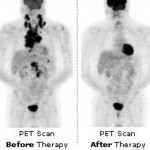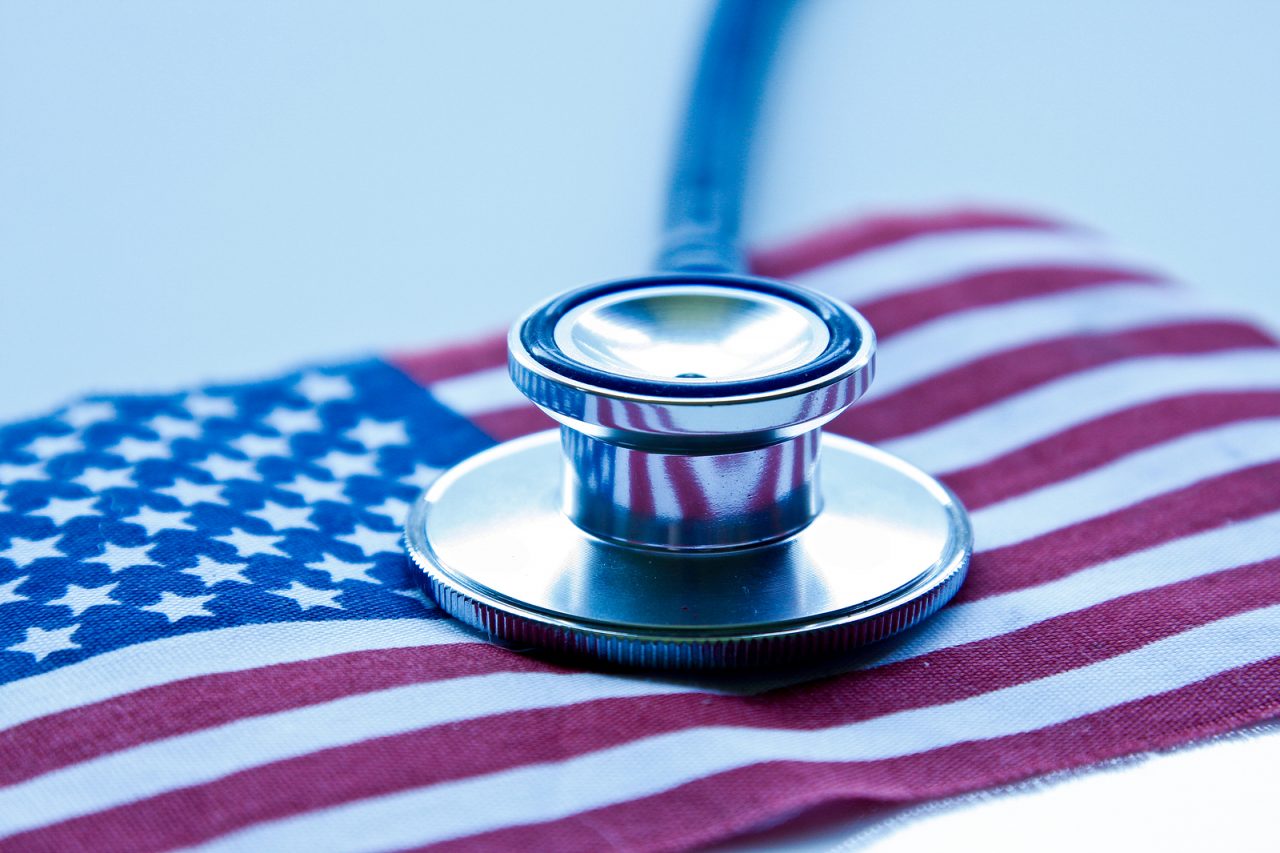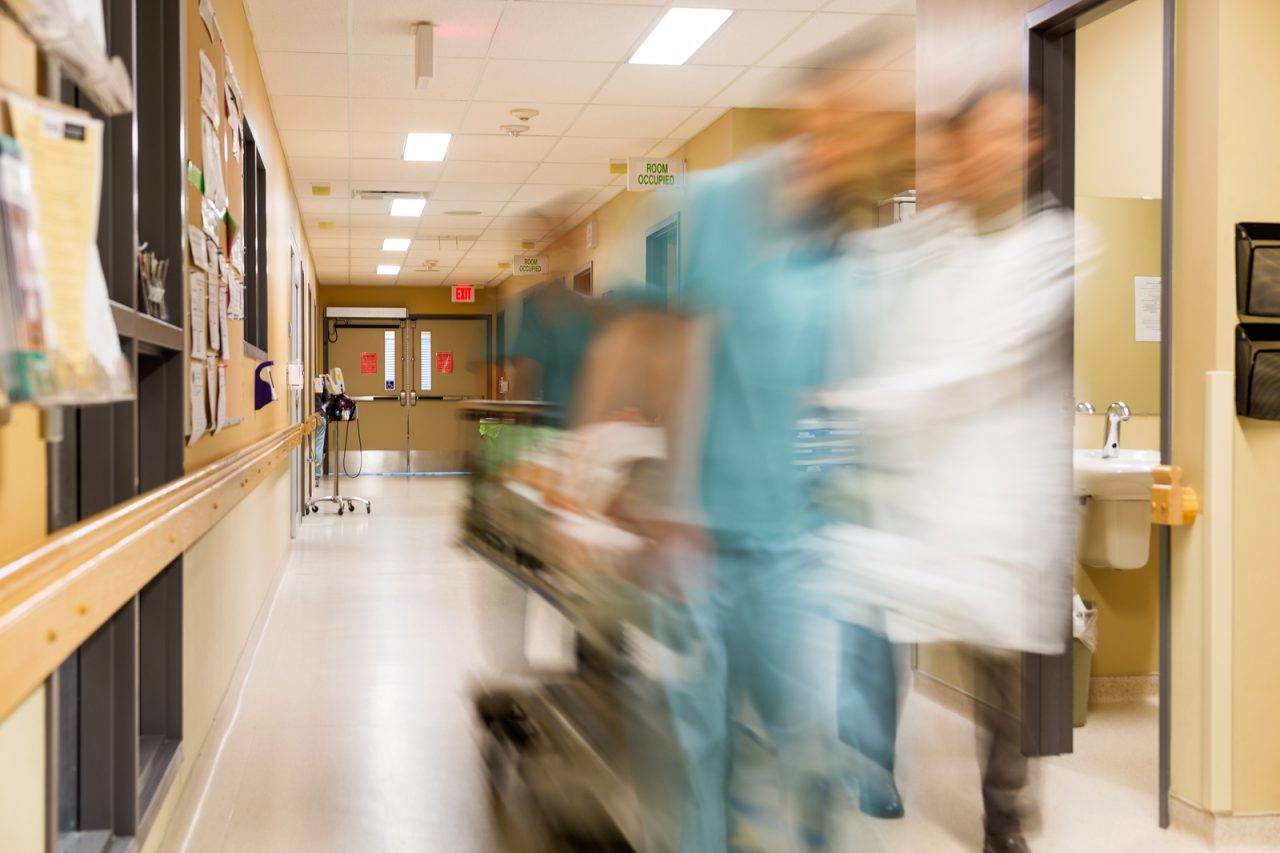The holy grail of oncology is not to treat, but to prevent cancer. For some cancers, that solution is clear. However, for most it is a goal of research. Therefore, it has been an exciting change in the last five years to see two drugs approved to prevent cervical cancer. These vaccines, Cervarix and Gardasil, represent a new chapter in cancer prevention, and will save millions of lives.
Cervical cancer is a major public health problem. In this country, it affects more then 12,000 women each year with over 4,000 dying. Around the world, it is the second most common cancer, striking hundreds of thousands. PAP screening in America saves thousands of cervical cancer patients each year, but at the cost of surgery, radiation and often sterility. A vaccine that can prevent this disability and suffering is a marvel.
The human papillomavirus (HPV) is the cause of most cervical cancer. There are about 100 HPV virus strains. They cause a range of diseases from simple warts to deadly cancer. Intimate sexual contact can transmit the more serious forms of the virus. In the United States, more then 80% of sexually active persons will acquire anogenital tract forms of HPV by age 50. 5.5 million people in the USA acquire the infection every year.
The virus, as it is understood, does not infect deeper tissues such as liver or lung. It cannot cause genetic damage that could be transmitted by sperm or egg. While a single report noted rare virus particles in breast milk, it is not transmittable by breast-feeding. In addition, the Center for Disease Control’s recent review on sexually transmitted disease during delivery, does not recommend c-sections in women with HPV caused vaginal warts.
The different HPV virus strains infect various surfaces of the body. The virus tends to affect the lining of tissues, with the specific surface infected depending on the virus type. For example HPV 1, 2, 3 and 10 are associated with simple warts of the skin. HPV 6 or 11 cause genital warts. Pre-cervical cancer (Cervical Intraepithelial Neoplasia, CIN) and cervical cancers are associated with HPV 16 and 18. These last two strains also cause anal cancer.
The vaccines are designed to prevent high-risk HPV infections. Both Cervarix and Gardasil stop HPV 16 and 18 more then 90% of the time (in patients not previously infected), thus preventing cervical cancer and anal cancer. Gardasil also blocks Types 6 and 11 and so can prevent genital warts. Once a patient has an HPV infection they can still be vaccinated. This will prevent infection with a different strain, but the vaccine does not get rid of active infections.
Two groups of people who should strongly consider receiving these life and comfort saving vaccines. Boys and girls. The goal of vaccination is to prevent genital warts, CIN, cervical cancer and anal cancer throughout their entire lives.
According to the Advisory Committee on Immunization Practices (ACIP) and the American College of Obstetricians and Gynecologists (ACOG) girls 11 – 12 years of age should receive either vaccine in a three shot series. Unvaccinated young women can receive a “catch up” series up to age 26 (the American Cancer Society cuts off at 19 years old). These are sterile vaccines, which cannot give the HPV infection. Immunocompromised individuals can safely be vaccinated for HPV. The vaccines should not be given during pregnancy, although are probably not harmful to the fetus.
With a more recent recommendation and FDA approval, Gardasil is recommended in boys and young men (ages 9 – 26). This decreases the risk of genital warts and anal cancer. Importantly by vaccinating males, we decrease the amount of HPV circulating in the general population (i.e. “herd immunity”) and thereby prevent the most common and dangerous disease, cervical cancer. While there is some debate about the cost effectiveness of this approach (mathematically it is necessary to vaccinate 3 – 4 men to protect one woman) a broad approach to suppressing HPV in the general population has the support of most public health advocates.
Side effects other then soreness, headache and occasional fever are rare. There seems to be a slight increase in fainting after vaccination and there have been rare reports of blood clots in patients already taking birth control pills or who have a family history of blood clots (31 cases out of 23 million injections).
The vaccine does not prevent other sexually transmitted diseases and is not a substitute for barrier protection (i.e. condoms). Vaccinated women should continue to have regular PAP smears.
So, in brief;
1) Girls should have either the Gardasil or Cervarix vaccine at age 11
2) Boys should have the Gardasil vaccine at age 11
3) The vaccine is safe with risks similar to other common vaccines
4) Cervical cancer mutilates and kills
5) We have a piece of the holy grail – an easy, available medicine that prevents cervical cancer.
CDC Data PDF Gardasil – www.immunize.org/vis/vis-hpv-gardasil.pdf
CDC Data PDF Cervarix – www.immunize.org/vis/vis-hpv-cervarix.pdf
CDC Sexually Transmitted Guidelines 2010 – http://1.usa.gov/dFojB4







Comment